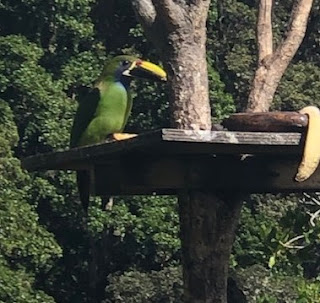Basics Make Strong Writing by Deborah Lyn Stanley
Writing as close as we can to the way we speak, tends to lead to lively, engaging and powerful sentences. Once that’s down, we revise and polish our composition.
I find the following list of revision tips helpful.
1. Keep the focus, the theme of the piece consistent throughout,
2. Sentence structure is a subject—a noun or pronoun, and a predicate/verb that explains what the subject is doing,
3. Use nouns rather than adjectives (nouns: people, places & things—the info readers want.) Remove over used adjectives such as very,
4. Verbs are where the action is—choose strong ones and avoid adverbs that diminish the strength of the sentence.
5. Write shorter sentences for clarity; yet long enough to express the point—rather than long ones. Then vary sentence length within the piece.
6. Write in a professional manner but make it personal to convey the message. Also, be specific, avoiding general statements which can be less useful.
7. Choose common words that keep the flow, rather than fancy ones that slow the pace.
Sentences build paragraphs; utilize sentence emphasis. Here are tips to consider:
1. Sentences close with emphasis through punctuation, the period, a pause. It’s the strongest point of emphasis.
2. Lead a sentence with a strong statement, not a preliminary intro to launch it: in order to…
3. Not every sentence needs emphasis. Some must be subordinate, use clauses effectively for this. Although, when, if, and because are useful for subordinate clauses.
4. Grammar checkers don’t approve BUT, sentence fragments are instrumental in making a point. (Got it? Enough said?)
5. Your topic has a coherent flow, now consider ending with the thought you intend to develop next.
Build Stronger Writing
Enrich Your Everyday Practice
Helpful Tools:
Melissa Donovan’s 10 Core Practices for Better Writing
https://www.writingforward.com/books/10-core-practices-for-better-writing
Mastering the Craft of Writing by Stephen Wilbers
https://www.amazon.com/Mastering-Craft-Writing-Clarity-Emphasis
Visit her My Writer’s Life website at: https://deborahlynwriter.com/
Visit her caregiver’s website: https://deborahlyncaregiver.com/
Mom & Me: A Story of Dementia and the Power of God’s Love is available:
https://www.amazon.com/Deborah-Lyn-Stanley/
And at https://books2read.com/b/valuestories
Share on LinkedIn
https://www.linkedin.com/
And more via the icon bar below:



















